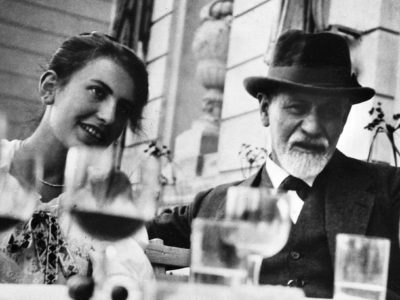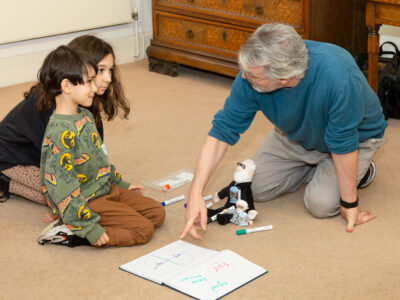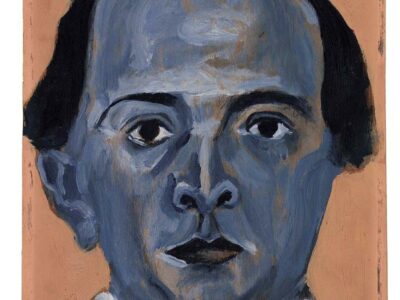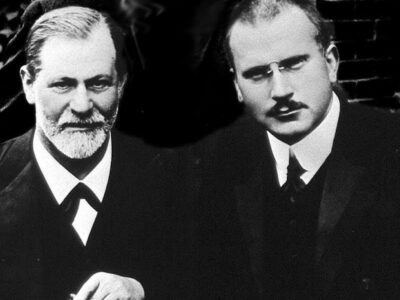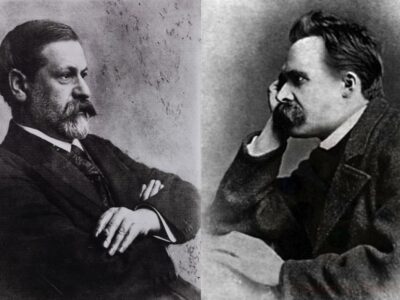
- This event has passed.
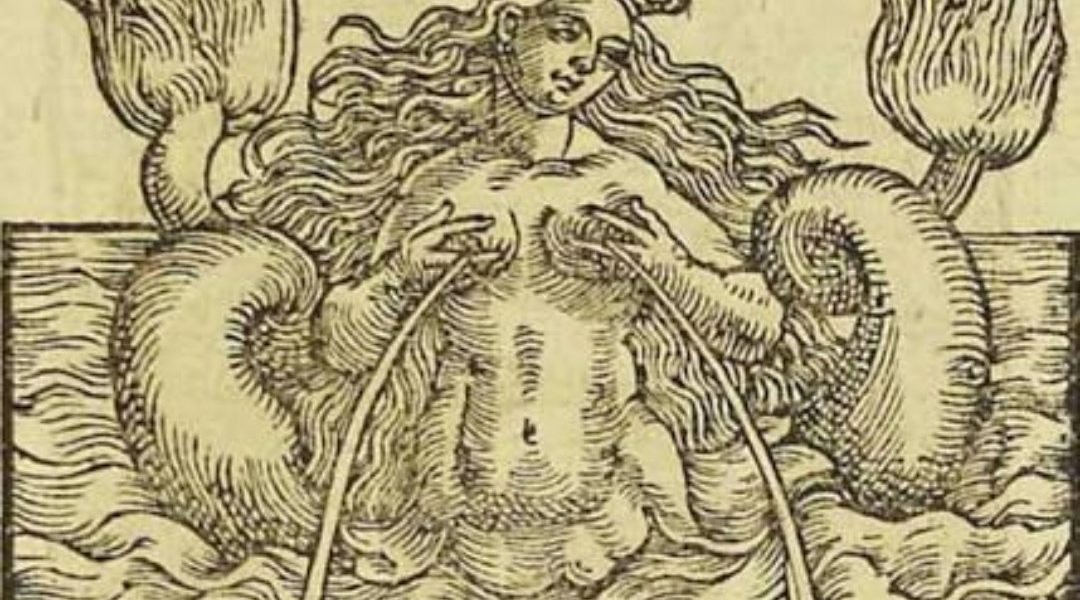
All registrants will receive an unique link to join the webinar. Registrants will automatically receive the recording 24 hours after the event. The recording will be available for 1 month. All times are in GMT – please check the time difference if you are based outside of the UK.
Medusa, Baba Yaga, the kuchisake onna (‘slit-mouthed woman’) of Japanese urban legend, the flesh-eating mermaid sisters in Agnieszka Smoczyńska’s 2015 film The Lure – there is no shortage of formidable female figures in folklore, film and popular culture. But what does it mean to see these figures as ‘monstrous’?
In her 1993 study The Monstrous-Feminine: Film, Feminism, Psychoanalysis, Barbara Creed examined ways in which female monsters are often depicted as monstrous for reasons relating to their bodies, gender and sexuality – and proposed a new term to explore this phenomenon. ‘I have used the term “monstrous-feminine”’, she wrote, ‘as the term “female monster” implies a simple reversal of “male monster”’.
Taking place during the week of International Women’s Day 2022, this online day course takes Creed’s work as a starting point, alongside the psychoanalytic theories of Kristeva and Freud. We’ll explore the monstrous-feminine through six folkloric examples: the mother, the witch, the mermaid, the werewolf, the vampire and the undead bride. We’ll also work through the maiden-mother-crone tripartite division of women, inviting attendees to discuss whether such labels are useful or damning.
Led by artists and folklorists Dr Elizabeth Dearnley and Dr Katharine Fry (previous leaders of Freud and Fairy Tales and The Gothic Tales of Angela Carter), this new course invites anyone interested in folklore and monsters, psychoanalysis and feminism to explore what we consider as ‘monstrous’ in relation to standards of femininity and why.
There is no set reading list, but we encourage attendees to bring along any examples of monstrous female figures they might like to share and discuss.
SCHEDULE
- 10.00 – Session 1
- 12.00 – Lunch
- 13.00 – Session 2
- 15.00 – Break
- 15.30 – Session 3
- 17.30 – Finish
Session 1: Monsters, mothers and others
This opening session traces the history of monstrous women, through the gorgons and sirens of Greek mythology to Early Modern witch hunts and 21st-century media narratives, before turning to two enduring archetypes: the witch and the mother. We consider “wicked witches” like the Stepmother in Snow White, who might also be an educated childless woman, against mothers like Mrs Bates in Hitchcock’s Psycho, who betray their role as perfect carer. These figures are often set up in opposition to each other, but are they sometimes the same?
Session 2: First Blood
Moving from mothers to maidens, this session delves into the terrifying bodily transformation of adolescence through two contrasting figures: the mermaid and the werewolf. Exploring these figures within folklore and fairy tales, as well as in contemporary horror revisions such as films The Lure (2015) and Ginger Snaps (2000), we find rampant appetites unleashed at puberty and messy bodies beyond the control of society.
Session 3: Innocence to Die For
In this final session, we stay with the maiden on the cusp of marriage, as betrayed brides and possessed women seek out supernatural revenge. Coming full circle from the maiden back to the mother, our examples include the Wilis, the chorus of thwarted ghost brides in the ballet Giselle, and the murderous pregnant woman in Alice Lowe’s 2016 film Prevenge. In each case, women fight back against the various restrictions imposed on them. Is their only option to be monstrous?
Image: Two-tailed lactating mermaid, woodcut, artist unknown (c. 16th century).
Course leaders
Dr Elizabeth Dearnley is a folklorist, artist and Visiting Research Fellow at the Institute of English Studies within the School of Advanced Study, University of London. She has taught at the University of Cambridge, UCL, Birkbeck and the University of London, and her work explores fairy tales, horror and collective storytelling.
She has curated several projects exploring the intersections of folklore and place, including mass diary-writing project The Secret Diary of Bloomsbury, immersive 1940s Red Riding Hood retelling Big Teeth, and the Freud Museum London’s uncanny restaging of E. T. A. Hoffmann’s The Sandman as part of its The Uncanny: A Centenary. She has recently edited an anthology of scary fairy fiction, Fearsome Fairies (British Library, 2021), and is currently working on a new project about the Cottingley Fairies and writing a book about the relationship between forests and fairy tales.
Dr Katharine Fry is a visual artist and researcher working across performance, film and sculpture. She stages unsettling encounters with uncanny bodies, using an all-female cast of fantasy automatons who are often physically fused to their environments. Her focus is on the body as the boundary where self and other meet, the site of an ambivalent desire for separation and connection she calls house arrest.
She exhibits internationally, including Ann Arbor Film Festival, Michigan, USA (2021); Visions in the Nunnery, London (2018); and Terror Has No Shape, Camden Arts Centre, London (2018). Solo exhibitions include Please call me home at Danielle Arnaud Gallery, London (2021); and Addressing the Self: Decoys and Consolations at new media art space, Tennessee, USA (2020). Her latest film “When I’m with you” premieres at the Barbican in May 2022.
BURSARIES – Applications closed. All bursary places have now been allocated for this event.
